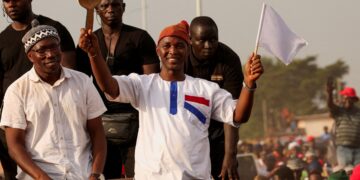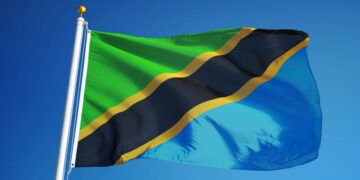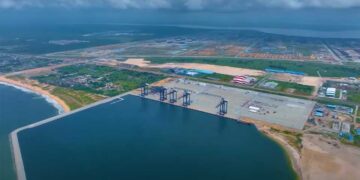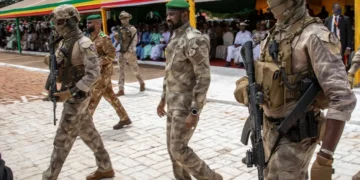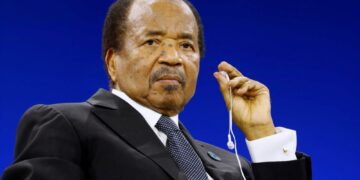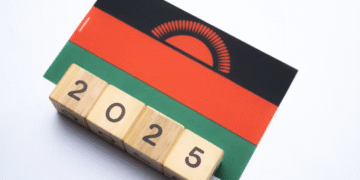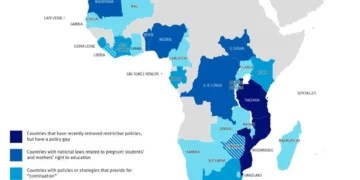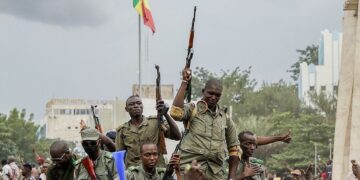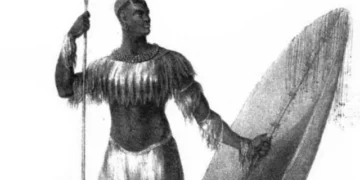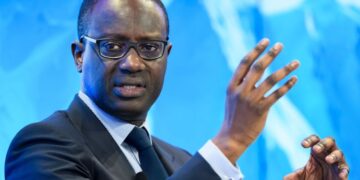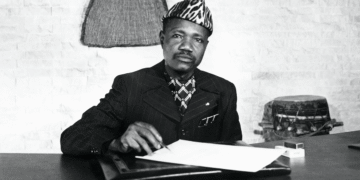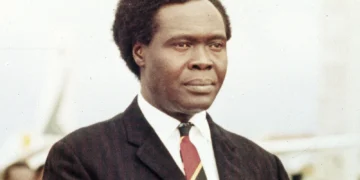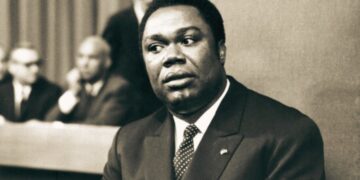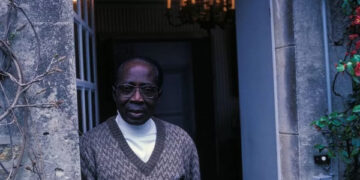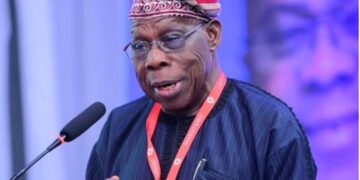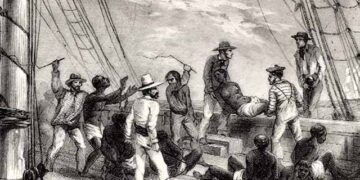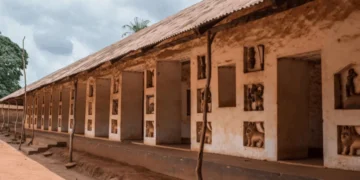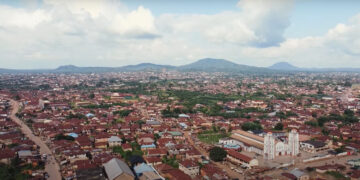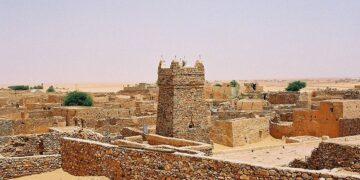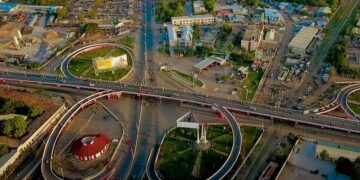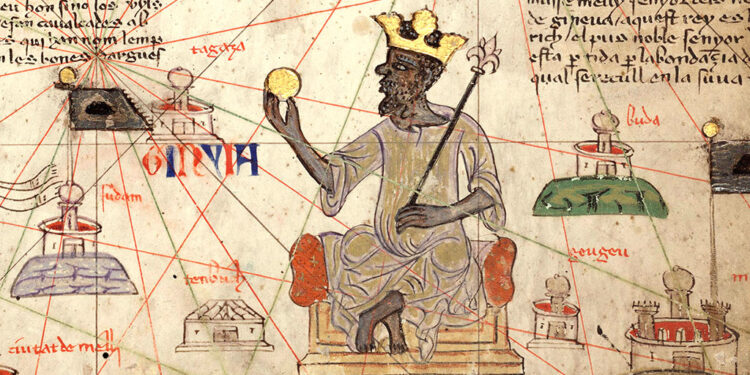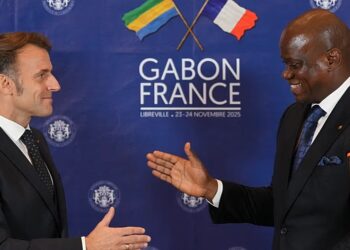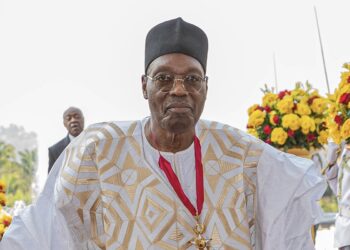Mansa Musa (Musa I, died 1332 or 1337) was the most famous emperor of the Mali Empire in West Africa. Musa is considered the ninth mansa (or king) of the Mali Empire, which reached its territorial peak during his reign and was characterized by its power and prestige—although Musa I is less frequently mentioned in Mandinka oral tradition than his predecessors.
In the 13th century AD, the Mali Empire was born on the banks of the Niger River in West Africa. It was a vibrant economic and cultural center, home to diverse tribes and rich lands with numerous gold mines. Its borders stretched from the Atlantic Ocean in the west to the borders of Niger in the east. Mali was located at the crossroads of major caravan routes linking North Africa to the south of the Sahara (Sub-Saharan Africa) and from Morocco to the kingdoms of Sudan. This facilitated the movement of goods, ideas, books, scholars, and pilgrims and fostered the flourishing of a civilization that blended economic power with cultural diversity and Islam with the deep characteristics of the population.
Mansa Musa was not the direct heir to the throne. Some accounts say that Musa came to power in the early 14th century AD as a result of two expeditions to explore the Atlantic Ocean (the first expedition carried 200 ships, and the second carried 2,000 ships). Mansa Muhammad ibn Qaw led the second expedition himself and appointed Musa as his deputy to rule the empire until his return. Since he did not return, Musa installed himself as the ruler of the state, marking the transition of the line of succession from the descendants of Sundiata Keita (founder of the Mali Empire) to the descendants of his brother Abu Bakr (Sundiata’s right-hand man).
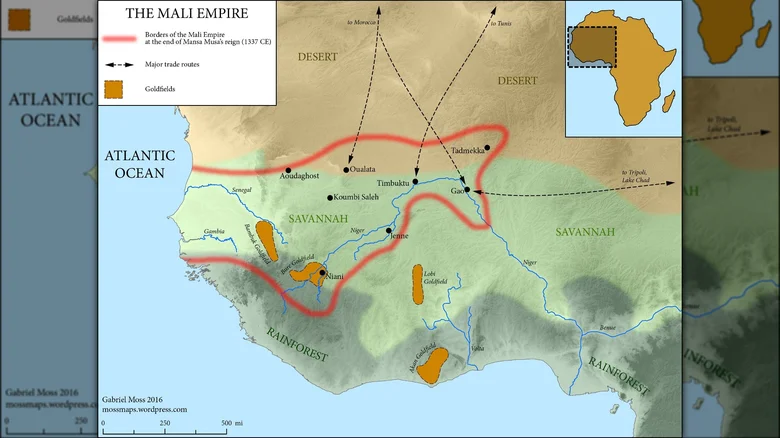
Mansa Musa was known for his piety, justice, and modesty. He assumed power in 1307 (or 1312 AD). His inheritance of a wealthy kingdom meant that the state needed a leader to organize, manage, and revive what would later become a comprehensive civilizational and humanitarian project. This began with building institutions, supporting science, expanding education, and establishing security.
Of all the things Mansa Musa is known for, his famous journey to Mecca remains the most influential and famous. It was a pilgrimage that became an unprecedented journey, immortalized in Islamic books to this day. In 1324, Mansa Musa decided to perform the Hajj, carrying with him tons of gold and a caravan said to have included more than 60,000 people, including soldiers, servants, scholars, and craftsmen. He left a historical legacy in Cairo, where he distributed so much gold that its price plummeted for years. He also spoke with scholars and sat with jurists, leaving behind a reputation as a cultured and generous African Muslim ruler.
According to Al-Umari, who visited Cairo several years after Mansa Musa’s visit:
“This man [Mansa Musa] flooded Cairo with his benefactions. He left no court emir nor holder of a royal office without the gift of a load of gold. The Cairenes made incalculable profits out of him and his suite in buying and selling and giving and taking. They exchanged gold until they depressed its value in Egypt and caused its price to fall.” …
Gold was at a high price in Egypt until they came in that year. The mithqal did not go below 25 dirhams and was generally above, but from that time its value fell and it cheapened in price and has remained cheap till now. The mithqal does not exceed 22 dirhams or less. This has been the state of affairs for about twelve years until this day by reason of the large amount of gold that they brought into Egypt and spent there.”
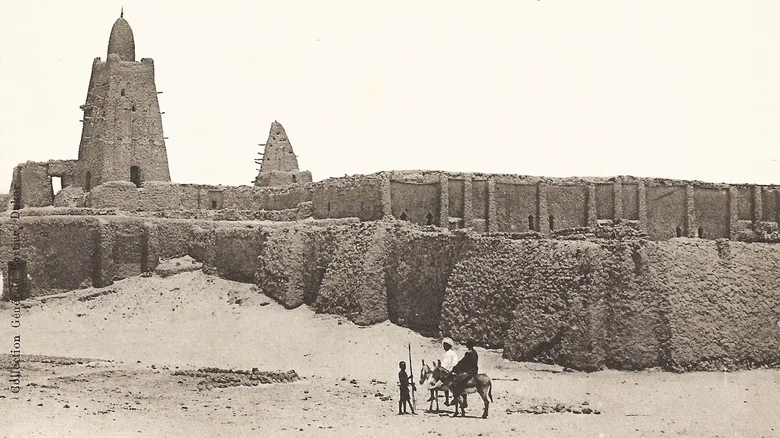
When Mansa Musa returned from Mecca, he did not return the same; he returned with a spirit imbued with a love of learning and a desire to build a knowledge-based society. The Influence Musa’s hajj could be seen in the projects embarked on afterwards in Mali. He successfully persuaded the great Andalusian architect and poet Abu Is’haq al-Sahili to accompany him. Al-Sahili is said to have introduced various innovative building techniques to Mali. These included burning clay to manufacture bricks and popularizing flat roofing. This contributed to the emergence of new architectural styles in Mali.
Mansa Musa embarked on a vast civilizational project that included the construction of mosques, especially in cities such as Gao and Timbuktu, the most famous of which was the Djinguereber Mosque (which was an important Islamic university center in the region).
Mansa sought not only wealth and power but also knowledge. He brought in scholars and teachers from the Islamic world, established schools and academic centers, and made Timbuktu the jewel of Africa, a city of learning and trade. Thousands of manuscripts were written, and the sciences of jurisprudence, mathematics, medicine, and astronomy flourished. Mali became a scholarly center visited by people from all over the world. Arabic became the language of science and administration, and education spread even to small villages.
Mansa Musa, with an estimated fortune of $131 billion (£99 billion), is considered the richest man in contemporary times. His expansive empire included all or parts of modern-day Mauritania, Senegal, Gambia, Guinea, Burkina Faso, Mali, Niger, Nigeria, and Chad.


